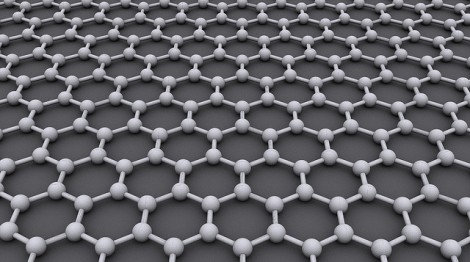
Graphene Flagship shows bouncing electric currents
Researchers at the Graphene Flagship have demonstrated superconducting electric currents in graphene that bounce between sheet edges without scattering.
This display is the first direct observation of the ballistic mirroring of electron waves in a 2D system with supercurrents. The demonstration could lead to the use of graphene-based Josephson junctions in applications such as advanced digital logic circuits, ultrasensitive magnetometers and voltmeters. A Josephson junction is made by sandwiching a thin layer of non-superconducting material between two superconducting layers.
The investigation was led by Lieven Vandersypen, who showed unambiguous signatures of Josephson junctions in graphene, a 2D allotrope of carbon atoms arranged in a hexagonal lattice. The scientists looked at ballistic supercurrents in graphene, with the electrons mirroring between 1D edge contacts made of molybdenum-rhenium.
Commenting, Srijit Goswami, a lead author in the paper, said: “This work allows us to unravel new physics related to the interplay between superconductivity and the relativistic behaviour of electrons in graphene. With this technology, we can study and exploit graphene Josephson junctions in a new, exciting regime.”
The full report can be read here, and in the journal Nature Nanotechnology.




